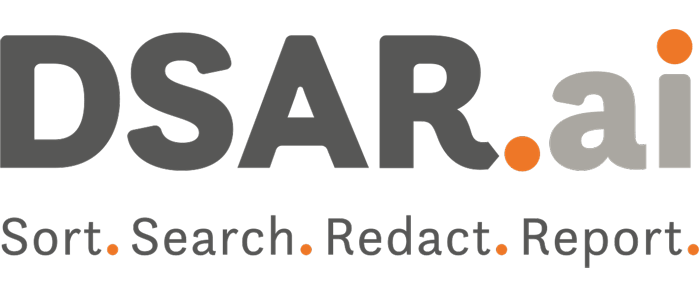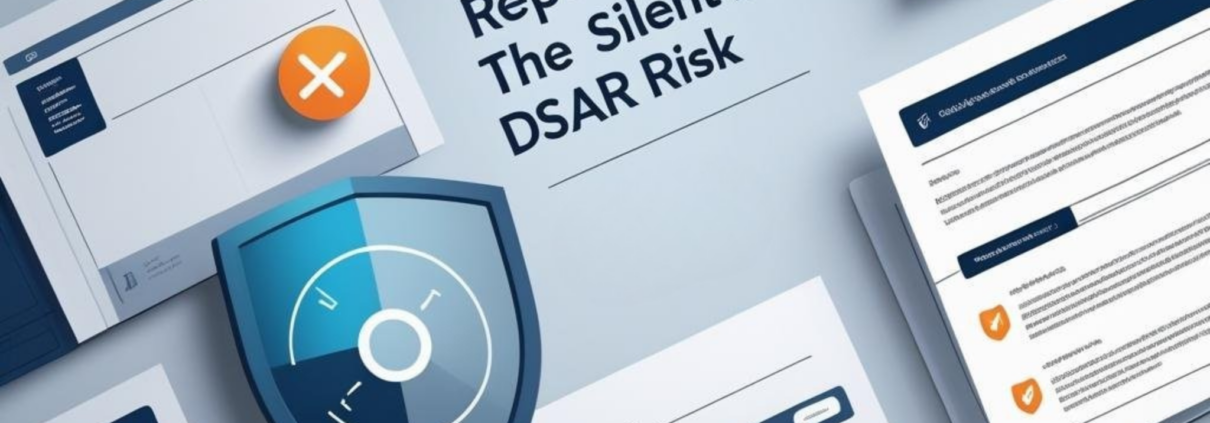Audit-Ready Reporting: The Silent DSAR Risk
In 2024 alone, over 1,000 companies were fined for DSAR failures. But it wasn’t late responses that cost them — it was missing proof.
For privacy officers, legal teams, and data protection leaders, quickly responding to Data Subject Access Requests (DSARs) is often seen as the gold standard of compliance. But in 2025’s regulatory landscape, speed alone isn’t enough.
The real test comes when a regulator knocks on your door and demands evidence — not just that you responded, but that you did so correctly, securely, and consistently. That’s where audit-readiness becomes the silent risk lurking behind every DSAR workflow.
Why Audit-Readiness Matters
Regulators worldwide — from the EU’s GDPR to California’s CCPA — are no longer satisfied with surface-level compliance. Enforcement actions increasingly target organizations that can’t demonstrate how they fulfilled DSARs, not just that they did.
Audit-readiness means maintaining comprehensive, tamper-proof records of every action throughout the DSAR lifecycle. Without this, even organizations with fast response times can face fines, reputational damage, and operational disruption.
Common Workflow Failures That Undermine Audit-Readiness
Despite best intentions, many organizations fall into predictable traps that leave them vulnerable during regulatory audits:
-
Manual Redactions
Manual redaction — using tools like PDF editors or visual masking — remains widespread, especially in organizations with legacy workflows.
The risk? Human error. Miss a redaction, and you’ve committed a data breach. Over-redact, and you risk a regulatory complaint for withholding information.
Worse, visual masking often fails to permanently remove data; metadata or hidden text can still be recovered, exposing organizations to future disclosure risks.
-
Fragmented Tools and Data Silos
Personal data rarely lives in a single system. It’s scattered across databases, cloud platforms, emails, backups, and sometimes even paper records.
Fragmented tools force teams to manually search multiple systems — increasing the chance of missing relevant data and providing incomplete responses, one of the most common causes of regulatory penalties.
Fragmentation also makes consolidating an audit trail nearly impossible, leaving gaps regulators will quickly spot.
-
Missing or Incomplete Logs
Audit logs are the backbone of DSAR compliance. They must capture every step: request receipt, identity verification, data sources searched, actions taken, redactions applied, and communications sent.
Without detailed, immutable logs, organizations cannot prove due diligence or defend their actions during investigations.
-
No SLA or Deadline Tracking
Regulations set strict response deadlines: 30 days under GDPR, 45 days under CCPA, and “as quickly as reasonably possible” under Brazil’s LGPD.
Without automated SLA tracking and escalation protocols, teams risk missing deadlines — especially when DSAR volumes spike or requests are complex.
Regulators have little patience for missed deadlines, especially if there’s no documented justification.
The Hidden Costs of Non-Audit-Ready DSARs
Organizations that neglect audit-readiness face more than fines:
-
Operational inefficiency: Manual, fragmented processes drain resources, with the average manual DSAR costing $1,524 to fulfill.
-
Legal exposure: Incomplete responses or missing logs can trigger consumer class actions, multiplying damages across affected individuals.
-
Reputational damage: Investigations and enforcement actions erode trust with customers, partners, and investors.
-
Repeat violations: Regulators increasingly escalate penalties for organizations with a history of non-compliance.
Building an Audit-Ready DSAR Program
To move from reactive DSAR handling to true audit-readiness, organizations should:
-
Automate discovery and redaction: Use AI-powered tools to identify and permanently redact sensitive data across systems, eliminating human error.
-
Centralize request management: Track every request, action, and communication in a single, searchable system.
-
Maintain comprehensive audit trails: Log every step, from receipt to response, with immutable records that show who did what, when, and why.
-
Standardize and train: Create clear, repeatable procedures and train staff to ensure everyone understands their role in DSAR compliance.
-
Monitor and improve: Regularly audit your own DSAR processes, track metrics like response times and error rates, and refine workflows to close gaps.
The Competitive Advantage of Proactive Compliance
Investing in audit-ready DSAR workflows isn’t just about avoiding penalties. Organizations that prioritize audit-readiness gain:
-
Cost savings: Automated platforms can cut DSAR processing costs by up to 98%
-
Regulatory goodwill: Detailed audit trails can reduce fines, showing good faith compliance.
-
Customer trust: Secure, transparent DSAR handling builds confidence with customers, partners, and regulators alike.
Conclusion
Audit-readiness is the silent DSAR risk many organizations overlook — until it’s too late. In today’s enforcement climate, speed is table stakes. The real differentiator is your ability to prove, with confidence and clarity, that every DSAR was handled in full compliance.
Ready to build an audit-ready DSAR process? Book a demo with DSAR.ai today.
 020 8004 8625
020 8004 8625


